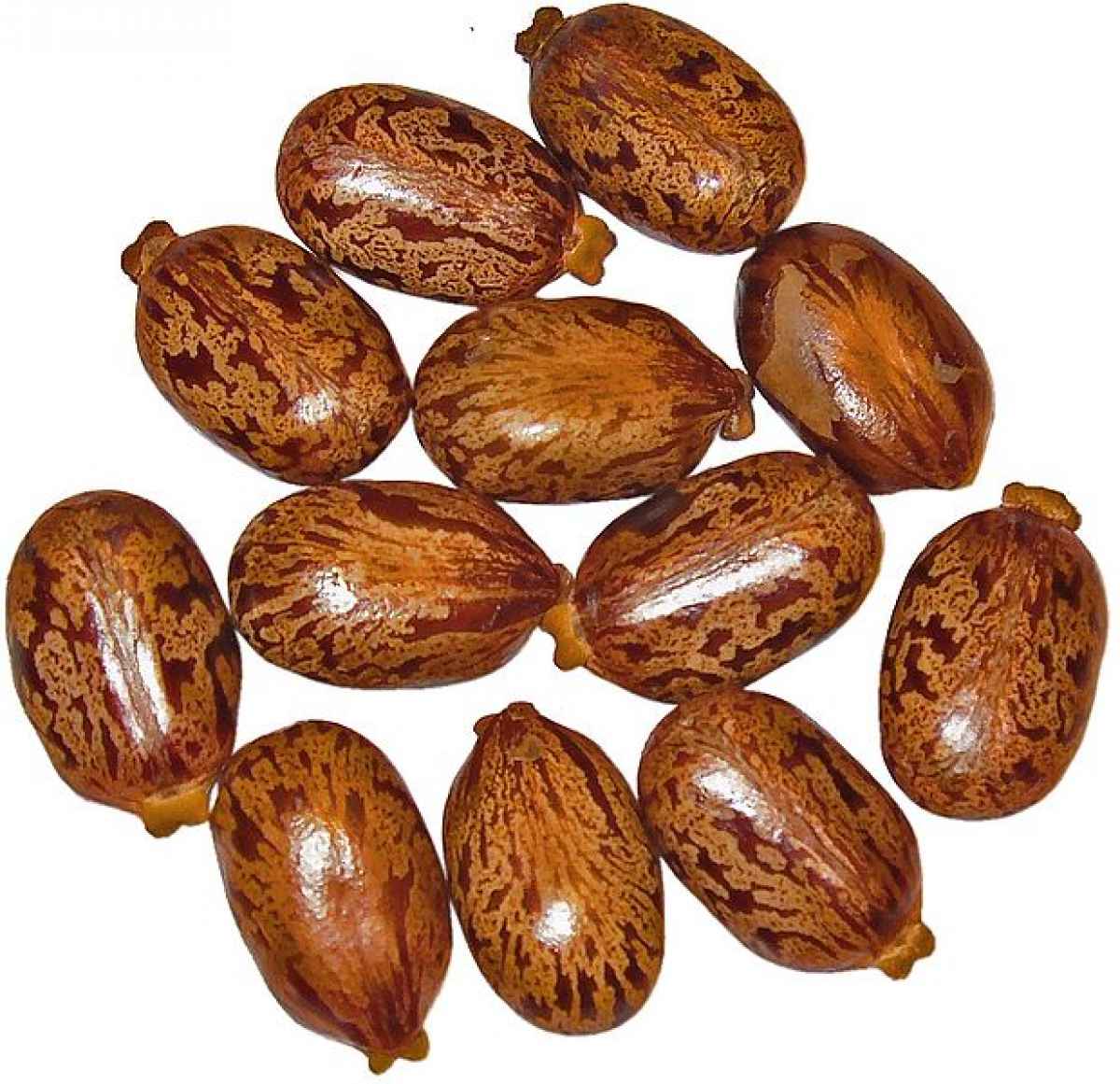Overview
CS502 - Project 1
>Objective
Compare the sequences of Abrin and Ricin -- two toxic proteins found naturally in the rosary pea and castor oil plan -- explain how closely related they are and how they are being compared.
Biological Entries
Datasources

